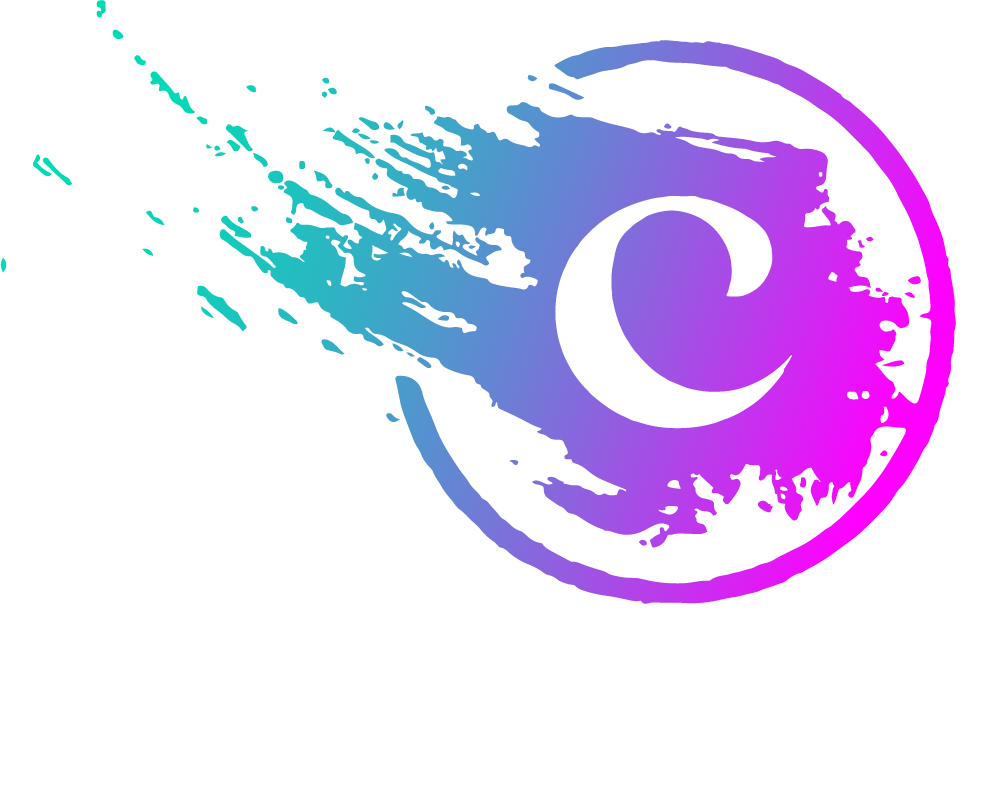
How to Scale Content Creation for B2B Companies
About the author
 Octavia Cephalo
Octavia Cephalo
Brand Ambassador
Brand Ambassador
Octavia is a remarkably playful and strategic octopus that brings a unique perspective to our creative team. She expertly navigates the depths of branding, exploring the ocean, and connecting with our audience through lively social media interactions.
Featured Article
Browse By Category

Learn how to scale content creation for your growing business. Get insider tips on scaling in-house, hiring freelancers, and more.
Content consumption is at an all-time high in today’s world.
Your potential clients build trust with companies that provide them with quality and educational content (no matter the format).
Content already doing well can be scaled up to increase leads and customers.
Let’s examine how a content scaling strategy helps your B2B company grow long-term.
Table of Contents
What Is Content Scaling?
Content scaling is the process of building and producing more content while maintaining its quality. It’s a delicate balance of quality and quantity and requires suitable systems.
Content scaling takes a deliberate approach, from content scheduling to additional hires. Let’s see when B2B content should get scaled.
When Should You Begin Scaling Content?
A great rule of thumb is to scale content topics already proven to perform well.
For example, if your CRM company had a blog post about lead capture forms that did well, you can make content similar to it (e.g., how to nurture leads).
Scaling your content helps you reach a wider audience, especially when you understand the type of content niche groups enjoy.
The benefits also extend to building more authority, trust, and new business.
Let’s look into 12 critical components of modern content scaling.
12 Tips For Scaling Content Effectively
Here Are 12 Tips for An Effective Content Scaling Plan
1. Develop A Content Calendar
Scaled content requires more structure. You can keep your content more organized by assigning days throughout the month to post. Content calendars also keep your team accountable for due dates as content gets made in bulk.
Remember to add as much detail as possible for each piece of content on your content calendar.
For example, you can have categories for “content name,” “subject,” “format,” “platform,” “due date,” and “links.” A section for team members can be helpful since everyone knows who’s responsible for which content.

2. Conduct Market Research
Market research gives you many insights into your customers and the content they value.
Look into the videos, blogs, and social media posts that get the most eyeballs and attention. Study how your target demographics respond to that content and adopt the winning elements you see.
Market research helps you incorporate better components into your content, whether how you write titles, edit videos, or structure your blog posts for better readability.
3. Add Structure To Your Content Process
Here are more ways to add structure to your content (outside of a content calendar):
- Content strategy meetings
- Content outlines
- A consistent content editing process
- Content checklists
- Content frameworks (e.g., emails that follow a copywriting structure)
- Rotating content types (ex., for social media: behind the scenes, testimonials, short-form video, personal story, etc.)
More structure keeps the content creation process smoother, essential for scaling. Without structure, a B2B company’s content could lack effectiveness and consistency.
4. Make A Style Guide
As you grow your content output, there’s a good chance you’ll be working with new vendors (whether it’s an agency, white label partner, or freelancer). A style guide is one of the best communication tools at your disposal.
Style guides outline your brand’s story, colors, logos, fonts, tone, messaging, keywords, etc. It gives the ultimate context behind your content creation process. When an expert is responsible for scaling your content, it’s an essential tool for them to do it the right way.
Style guides are easy to make on a Google doc or spreadsheet. There are countless templates as well from companies like Visme.
5. Keep Organized With A Content Creation Studio
With more content getting made, you’ll have a lot of images, videos, and other assets everywhere. The last thing you want is for them to get lost across different files and software.
Luckily, there are content creation studios, which is a way to organize your content together.
This involves clustering similar content types in the same files and sharing it across your team. There are many ways to go about content creation studios:
- Leveraging a CRM (ex., Hubspot, Monday.com, Zoho CRM)
- Using file storage tools (e.x., Google Drive, Dropbox)
- Project management tools (Monday.com, Trello, Asana)
6. Create Templates
Templates allow you to curate content faster by starting from a proven base. Use your insights from market research to create templates around the content that are proven to work.
For example, if you’ve found that big players in your industry structure their blogs a certain way, you can create that template. You can then share that blog template with a hired contractor to write your SEO blog posts.
Be sure to put all completed templates in your content creation studio.
7. Repurpose Content
As your content library grows, it’s the perfect opportunity to use the same content again. By doing so, you reap many benefits:
- New followers get to see older content they missed
- It’s scalable and quick since you don’t have to remake it
- You have the option to improve the older content
- Past successful content can bring new success
- You can post the same content across different social platforms (e.g., short-form video content posted on Instagram Reels, Tiktok, and YouTube Shorts)
42% of marketers say updating and repurposing existing content led to successful marketing campaigns.
8. Set Content Guidelines
Content guidelines fall under standard operating procedures (SOPs) your company sticks to.
As your content scales, you want your team to be consistent with what has proven to work and what represents your business well.
Your content guidelines should be a sheet referred to as content gets created.
Content guidelines differ from style guides because they cover more areas outside of style and formatting. Project management expectations, customer demographics, deadline policies, and more are examples. This guideline will be paramount to long-term success as you grow your content team.
9. Leverage Proven Tools
Proven tools make content creation more efficient for B2B. You can use software for many forms of content:
- Social media scheduling tools (e.g., Hootsuite, Post Planner)
- Email marketing automation (e.g., Constant Contact, ActiveCampaign)
- SEO software (e.g., SEMRush, Ahrefs)
- Grammar Tools (ex., Grammarly, Hemingway)
- Graphic design (ex., Adobe Illustrator, Canva)
10. Schedule Posts
Scheduling posts, especially with social media, is another way to stay efficient. You can reference your content calendar on the days and times you’ll set each post.

The best days and times to post often depend on your audience, social platform, and time of year. Adding posting times to your market research is an excellent way to find a posting sweet spot for all your content.
11. Post On Additional Platforms
The average person bounces between 7 different social networks per month.
Cross-platform content marketing gives you more “at bats” to get new people in your funnel. More people will see your content if you do so, and your content could “retarget” people who’ve seen it on a different platform.
Posting on more platforms also allows you to find an algorithm that favors your content (at least for some time).
12. Outsource Content Creation
Scaling content can be complex when you lack the expertise and the right information on your side.
That’s why countless B2B companies leverage content creation agencies and partners to do the heavy lifting for them. From content planning and organization to execution and tracking data, they save huge amounts of time. As your content gets automated, your internal team can focus on serving the new leads in your pipeline.
Final Wrap-Up Of Content Scaling
Content scaling amplifies what’s already working. With market research and an understanding of your audience, you can curate content that educates, nurtures, builds trust, and brings leads to your top of funnel.
Along the way, scaling your content will require the right systems, tools, and experts by your side.









